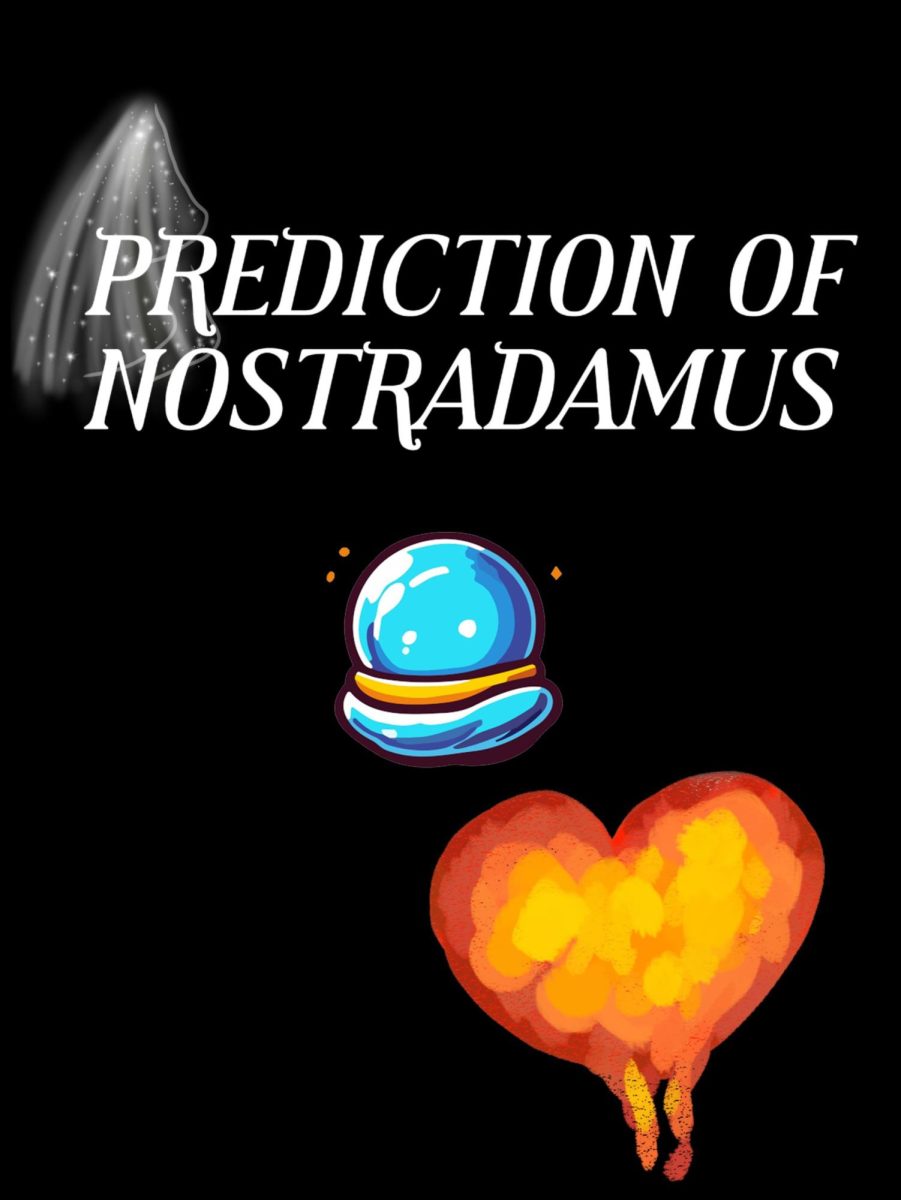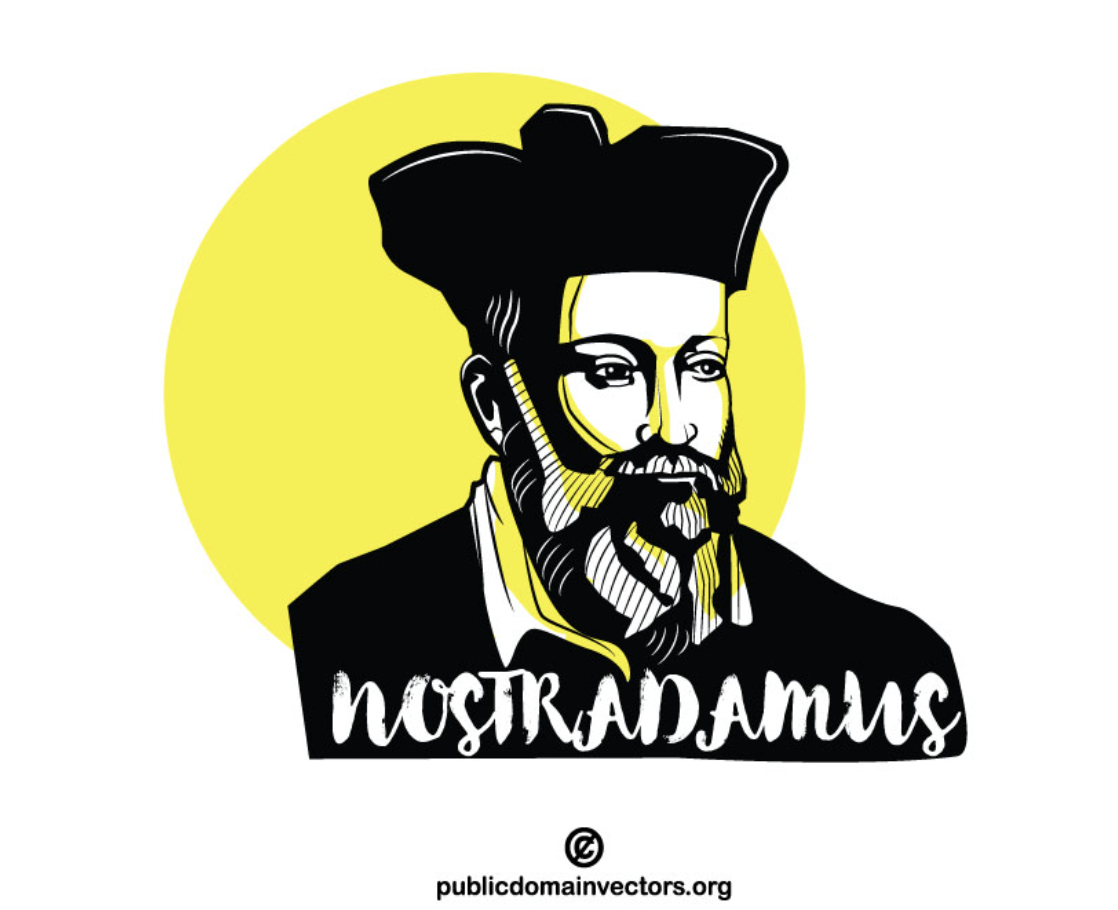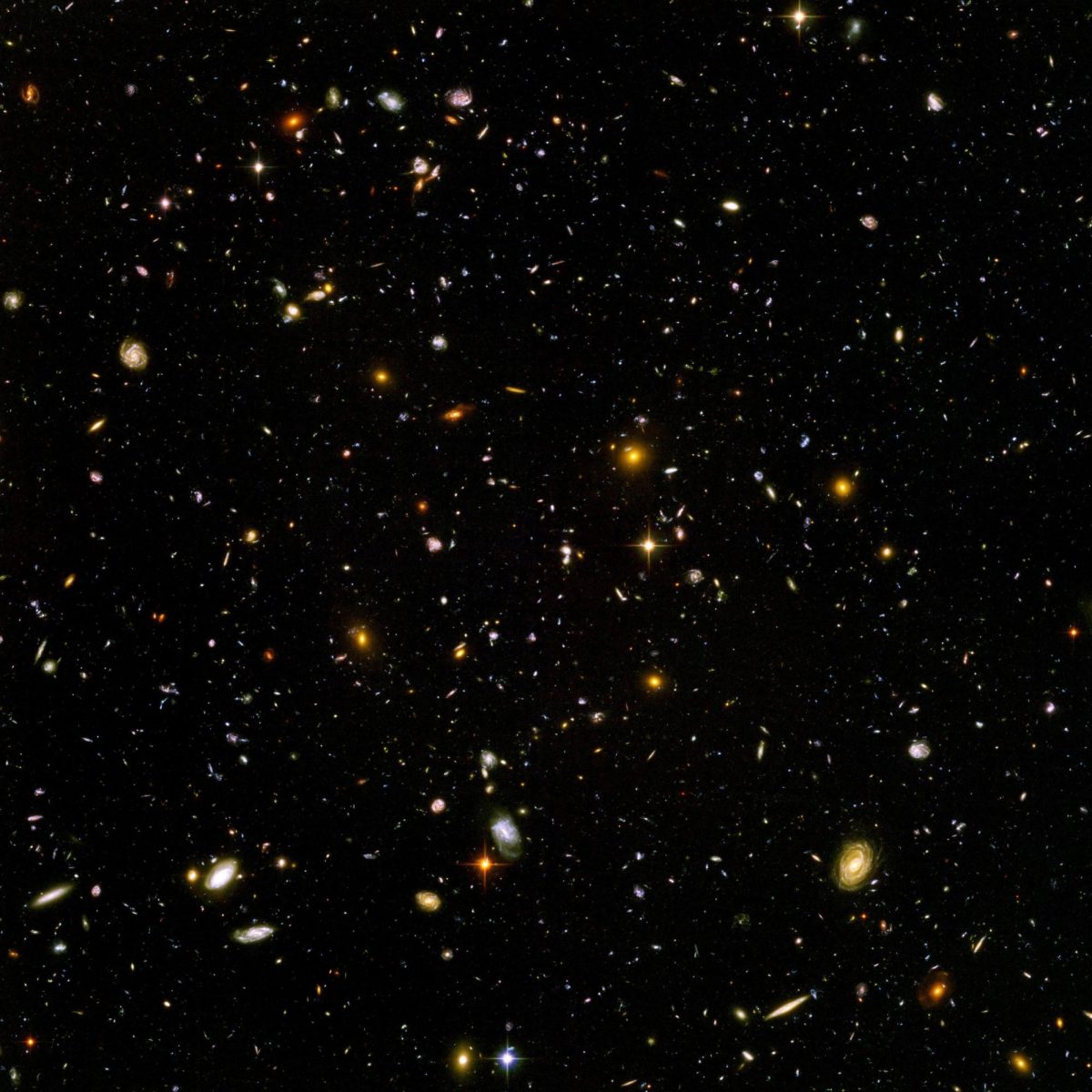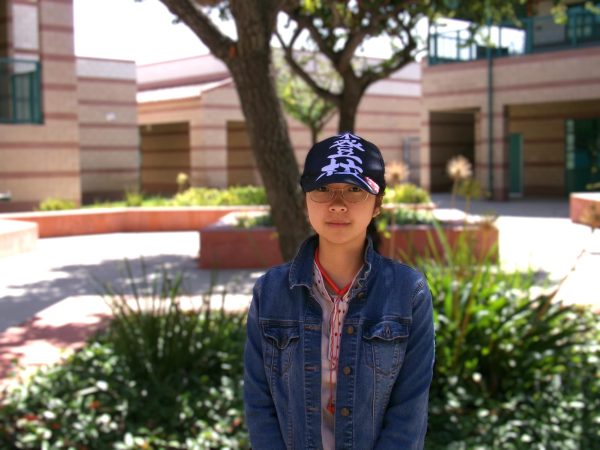Nostradamus, a 16th-century French astrologer, physician, and reputed seer, is widely known for his collection of enigmatic quatrains, which have fascinated generations of scholars and enthusiasts. Many believe that these cryptic verses, written in a blend of French, Latin, and Greek, contain hidden predictions about significant future events, ranging from political upheavals and natural disasters to technological advancements and global conflicts. His work continues to spark debates about the accuracy of his foresight and the extent to which his writings can be interpreted as genuine prophecies. His work has been interpreted as foreseeing significant occurrences such as the Great Fire of London, the rise of Napoleon and Hitler, and even the 9/11 attacks.
In recent discussions, Athos Salomé, often referred to as the “Living Nostradamus,” has issued warnings about technological advancements in 2025. He predicts that artificial intelligence will dominate the entertainment and media industries, leading to a decline in human creativity. Salomé also foresees the rise of AI-generated deepfakes, which could increase misinformation and political manipulation. To gain contemporary perspectives, I interviewed two students from Eleanor Roosevelt High School about their views on Nostradamus’s predictions.
Many of Nostardamus’s predictions are written in vague and symbolic language, allowing for multiple interpretations, which has led believers to connect his quatrains to major historical events such as WWII, the French Revolution, and even modern global crises.
Yi Zhang remarked, “It’s intriguing how some of Nostradamus’s writings seem to align with historical events, but I think many interpretations are quite subjective.”
Alina Li added, “While some predictions are eerily accurate, it’s essential to approach them critically and consider the context in which they were written.”
Nostradamus’s quatrains continue to captivate scholars, historians, and enthusiasts alike, sparking ongoing debates about their accuracy, meaning, and relevance to modern events. His writings illustrate the enduring human fascination with prophecy, the unknown, and the possibility of foreseeing the future, as people seek patterns and connections between his cryptic verses and historical or contemporary occurrences.









